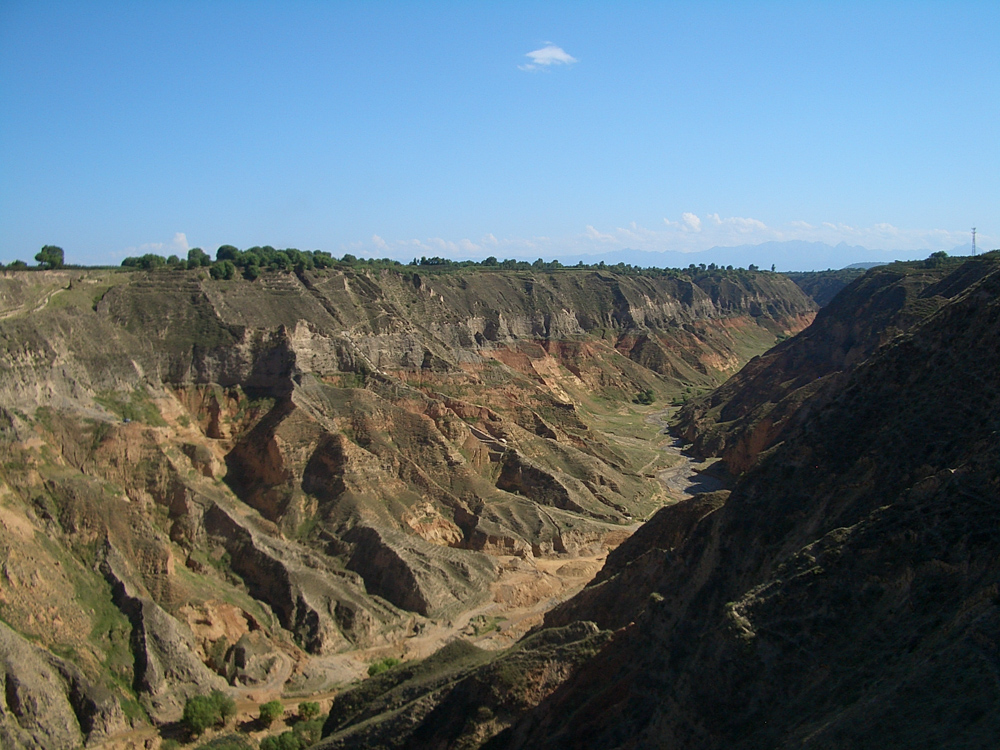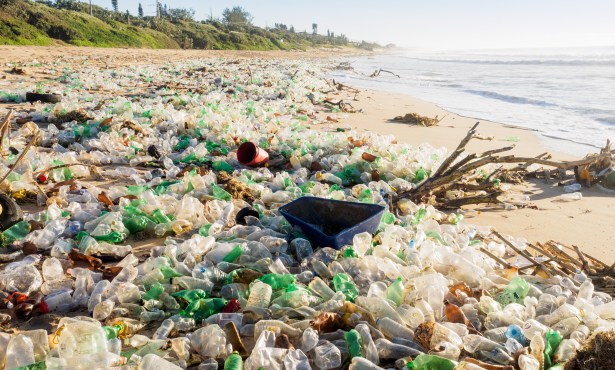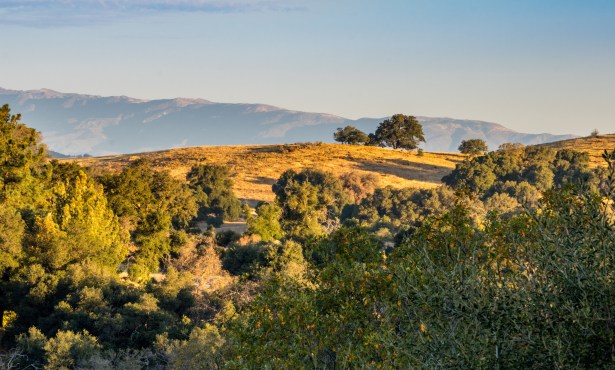Eco-Restoration on a Gigantic Scale
China shows how to improve lives, rehabilitate nature, and counter climate change

Eco-restoration is the practice of working with nature to renew and restore degraded, damaged, or destroyed ecosystems. In recent years, this approach has grown from home gardens and small-scale agriculture to large regions of the planet.
For example, the Loess Plateau was once one of the most fertile places on earth and acted as the cradle of Chinese civilization. Agriculture and grazing, going back 10,000 years, gradually led to deforestation, overuse, extensive erosion, and widespread poverty. In recent centuries, 95 percent of rainfall would immediately run off, carrying enormous quantities of dry, powdery, yellow silt down the gullies into the Yellow River, which got its name from this corrosive process. Repeated and massively destructive floods became the pattern.
In 1995, China decided to undertake restoring in one or two decades what had been destroyed over millennia. This became the Loess Plateau Watershed Rehabilitation Project. The first step was to develop a plan delineating which lands would be used productively and which would be set aside for wildlife and conservation of natural habitat. Terracing was undertaken on a massive scale. Bans on uncontrolled grazing were implemented. Trees were planted, and shrubs and grasslands were regenerated.
Local people were listened to and their wisdom incorporated. One of the early decisions in changing traditional habits to more sustainable ones was to give the farmers long-term contracts to the land so that they could benefit from their labor and any resulting improvements. In addition, the government agreed to pay locals to work on lands being returned to natural vegetation as well to learn sustainable practices. Policy established that restoring the ecological health of marginal lands, mostly steep hillsides, is vastly more valuable than any scant production possible from these lands.
The Plateau is about 250,000 square miles, roughly the size of France. In two short decades, about six percent of the total, an area the size of Belgium, has been transformed. Agricultural yield has increased multifold, lifting 2.5 million people out of poverty by tripling their incomes. Soils have stabilized, retaining rainwater; biodiversity is returning; and biomass is accumulating. A network of small dams to store water for villages and agriculture has been built, which also reduces the risk of flooding and consequent famine.
The Loess Project addressed two main areas: (1) the economic and social well-being of the people, and (2) the ecological health of the environment. In just over two decades, the success is beyond expectations and will only continue to build. People have experienced undreamed-of abundance, as well as purer water and air, reforestation, improved soil fertility and flourishing wildlife. Perhaps best of all for the planet, carbon is being sequestered.



